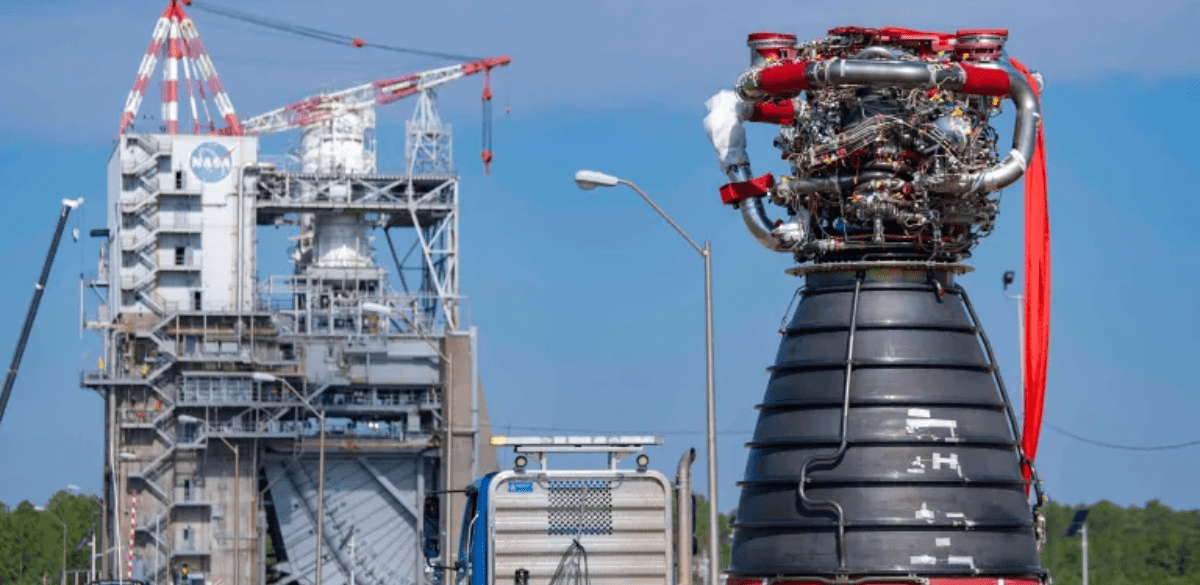In the realm of space exploration, NASA continues to make groundbreaking strides, and the Artemis Mission stands as a testament to their unwavering commitment to push the boundaries of human exploration. This article delves into the critical testing phase NASA is about to undertake for its future Artemis missions, paving the way for exciting discoveries and potential lunar colonization. Join us as we embark on a journey through the cosmos and explore the fascinating world of Artemis.
NASA Future Artemis Mission: Objectives and What to Expect
NASA’s Artemis program is a bold new initiative to return humans to the Moon and eventually send them to Mars. The program consists of a series of missions, each with its own specific objectives.
The first mission, Artemis I, is scheduled to launch in August 2022. It will be an uncrewed test flight of the Space Launch System (SLS) rocket and Orion spacecraft. The mission will travel to lunar orbit and back and will test all of the systems needed for future crewed missions.
Artemis II will be the first crewed mission of the program. It is scheduled to launch in 2024 and will take four astronauts to lunar orbit. The crew will spend several days in orbit, conducting experiments and preparing for future missions to the Moon’s surface.

Artemis III, scheduled to launch in 2025, will be the first crewed mission to land on the Moon since Apollo 17 in 1972. The crew of four astronauts will spend several days on the Moon, exploring the surface and conducting experiments. They will also collect samples and return them to Earth for further study.
Chandrayaan-3 India’s Incredible Mission Of Lunar Exploration In 2023
The Artemis program has a number of objectives, including:
- Land the first woman and first person of color on the Moon.
- Explore more of the lunar surface than ever before.
- Establish a long-term human presence on the Moon.
- Develop new technologies and capabilities for future missions to Mars and beyond.
The Artemis program is a major undertaking, but it is essential to NASA’s long-term goal of sending humans to Mars. By returning to the Moon, NASA will be able to test new technologies and learn how to live and work on another world. This knowledge will be invaluable as NASA prepares to send astronauts to the Red Planet.
What to Expect from Future Artemis Missions
Future Artemis missions will continue to explore the Moon and develop new technologies for deep space exploration. One of the key goals of the program is to establish a sustainable human presence on the Moon. This will involve developing new ways to live and work on the Moon, as well as extracting resources from the lunar surface.
Artemis missions will also focus on exploring the Moon’s polar regions. These regions are thought to contain valuable resources, such as water ice. Water ice is essential for life support, and it could also be used to produce rocket fuel.
In addition to exploring the Moon, Artemis missions will also help to develop new technologies for future missions to Mars and beyond. For example, NASA is developing a new lunar lander for the Artemis program that could also be used for future missions to Mars.

The NASA Upcoming Testing Phase of Artemis Mission.
NASA is gearing up for a series of critical tests that will play a pivotal role in the success of the Artemis missions. These tests are categorized into various stages and are essential for ensuring the safety and functionality of spacecraft and equipment.
1. Rocket Propulsion Testing
One of the key components of the Artemis program is the Space Launch System (SLS), a powerful rocket designed to carry astronauts to the Moon. Rigorous testing of the SLS engines is underway to ensure they can handle the extreme conditions of space travel.
2. Orion Spacecraft Tests
The Orion spacecraft, which will carry astronauts to lunar orbit, is undergoing extensive testing to ensure its readiness for the lunar missions. These tests include simulations of launch and re-entry procedures.
3. Lunar Gateway Testing
NASA is also developing the Lunar Gateway, a space station that will orbit the Moon and serve as a waypoint for Artemis missions. Testing of its systems is crucial to its role in supporting lunar exploration.
4. Artemis Spacesuits
Astronauts will require advanced spacesuits tailored for lunar conditions. Testing these spacesuits ensures they can withstand the harsh lunar environment while providing the necessary mobility for astronauts.
5. Moon Rovers and Payloads
Exploring the lunar surface demands reliable rovers and scientific payloads. Testing these tools is essential to gather data and conduct experiments on the Moon.
The Significance of Testing
The rigorous testing phase is more than just a precaution; it’s the linchpin of the Artemis program’s success. It ensures that every component and system functions flawlessly, guaranteeing the safety of astronauts and the success of their missions. Moreover, it provides valuable insights for future deep-space exploration endeavors, like the proposed mission to Mars.
Samsung Might Lose Crown as King of Android Updates.
Conclusion
NASA’s Artemis program represents a giant leap for humanity in our quest to explore the cosmos. The critical testing phase is the bridge that connects our dreams of lunar exploration with the reality of setting foot on the Moon once again. As NASA engineers and scientists work tirelessly to perfect the technology and systems required for Artemis missions, we inch closer to a future where humans will call another celestial body home.
